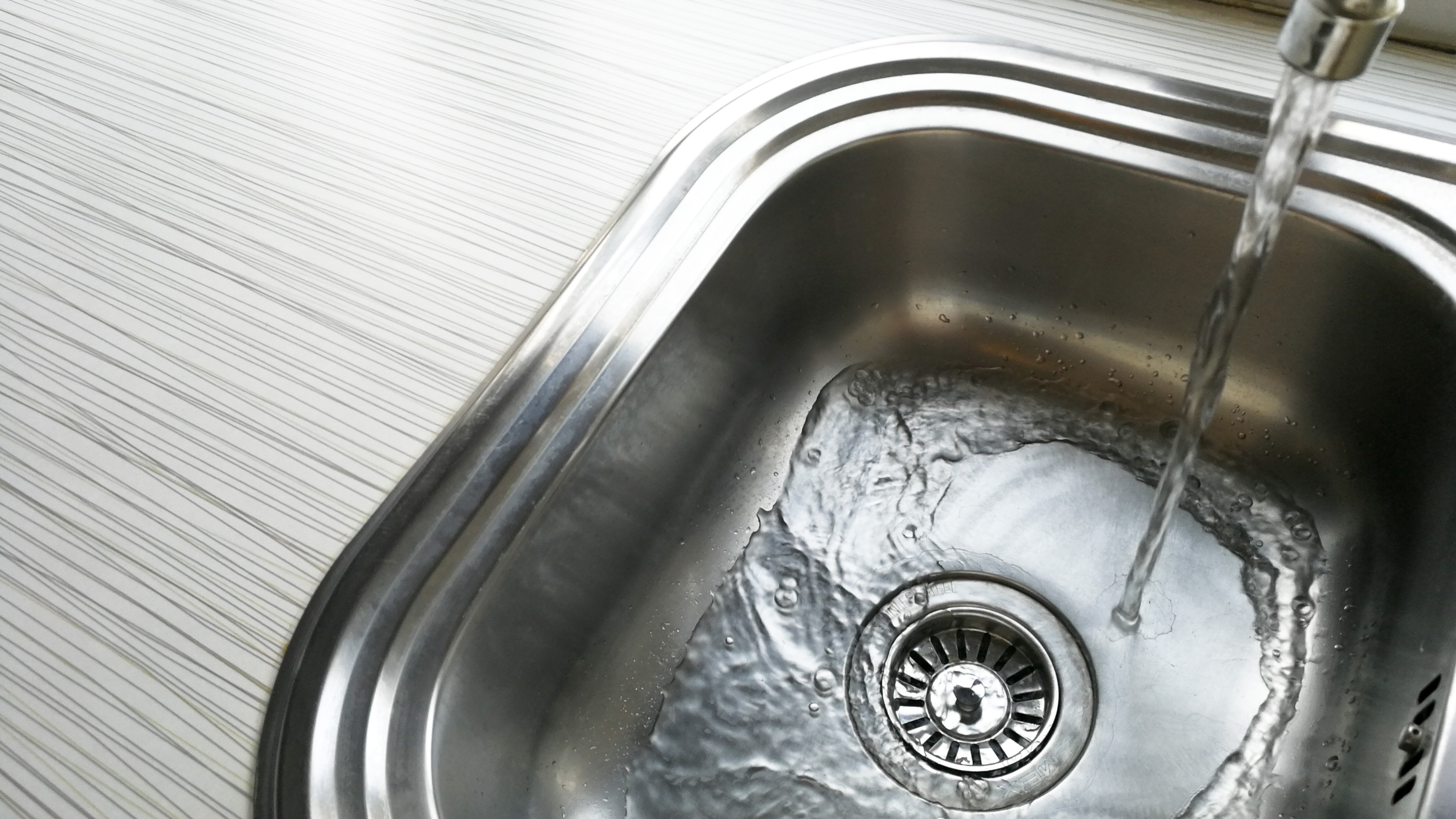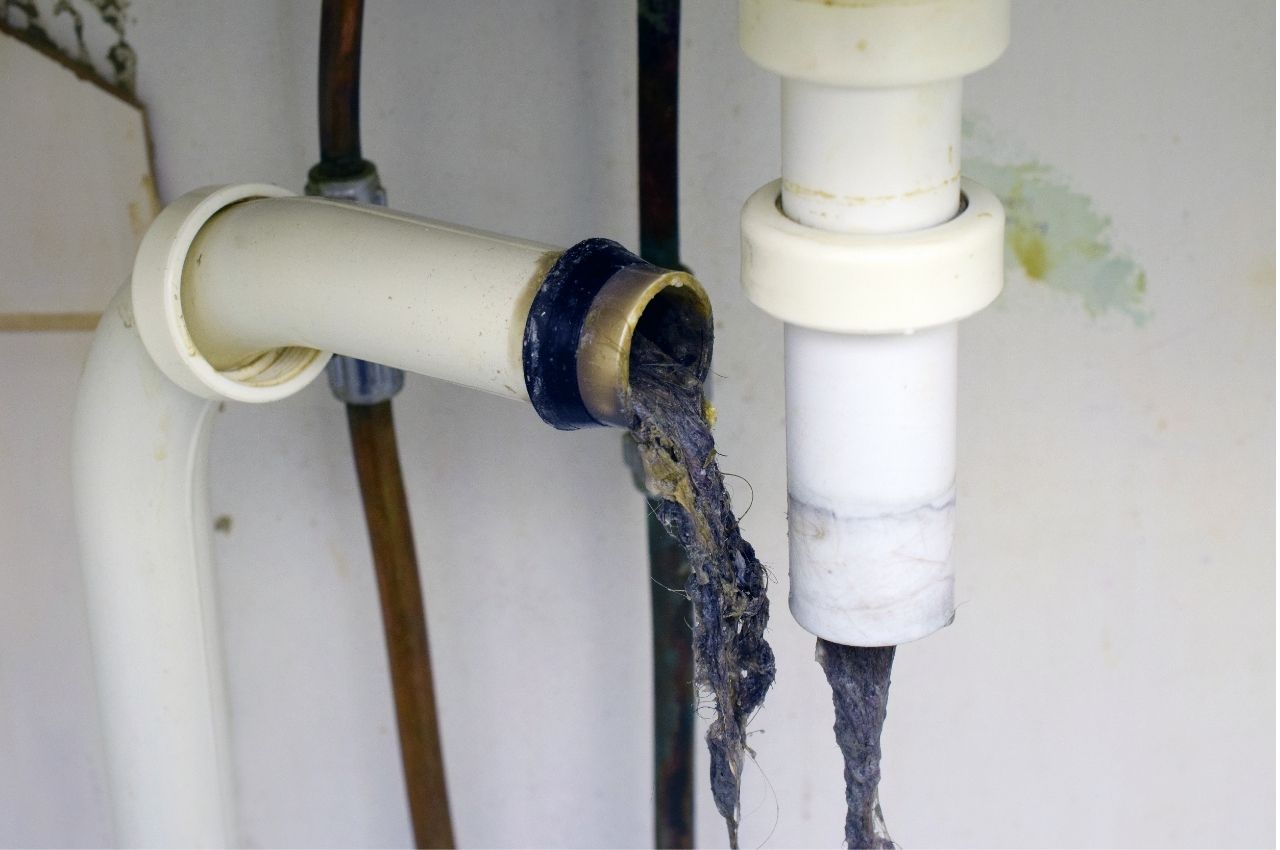Book Today!
This article which follows pertaining to DIY Plumbing Fixes is unquestionably enlightening. Check it out for yourself and see what you think about it.

In this write-up, we will be looking at five simple steps you can take to release your kitchen sink from clogs and conserve you from the pain and shame of managing a blocked kitchen area sink.
Obstructed kitchen sinks are among one of the most typical water drainage issues house owners deal with. As well as what's more, it's a unpleasant as well as really uncomfortable sight. Visualize mosting likely to the sink to do your dishes and discovering that the drainpipe is obstructed and also water can not flow down quickly.
A lot of stopped up water drainages are brought on by food particles, fat, oil, and soap bits. They obstruct the sink and also make it hard for water to drop the drainpipe quickly. While it is tempting to put a call through to the plumbing technicians, there are a couple of DIY hacks you can attempt initially prior to making that telephone call.
1. Sodium Bicarbonate and also Vinegar
As opposed to using any type of type of chemicals or bleach, this technique is much safer as well as not dangerous to you or your sink. Baking soda as well as vinegar are daily home products utilized for numerous other things, as well as they can do the technique to your kitchen area sink.
Firstly, eliminate any kind of water that is left in the sink with a mug.
Then put a great amount of baking soft drink down the drain.
Pour in one mug of vinegar.
Seal the drainage opening and also allow it to choose some mins.
Pour warm water down the drain to melt away other stubborn deposit and bits.
Following this basic technique might suffice, and also you can have your kitchen sink back. Repeat the process as high as you consider essential to free the sink of this debris entirely.
2. Attempt a Plunger
If the issue is not from the garbage disposal, you can attempt utilizing a bettor. Plungers are conventional house devices for this event, and they can can be found in helpful if you utilize them correctly. A flat-bottomed bettor is most suitable for this, yet you can make do with what you have is a bathroom plunger.
Adhere to the following straightforward actions to utilize the plunger properly:
Secure the drain with a cloth and load the sink with some hot water
Place the bettor in position over the drainpipe as well as start plunging
Check to see if the water runs freely after a couple of plunges
Repeat the procedure until the drain is totally free
3. Perhaps it's the Garbage Disposal
Oftentimes, the clog may be because of an obstruction in the disposal. Changing on the disposal ought to remove the obstruction, however it can imply that food bits or other compounds are stuck in between the blades if that is unsuccessful. You can try to unblock it by turning the blades by hand in a bid to free it. Please make certain not to stick your hands in the blades; they're sharp. Use pliers instead.
You can explore the complying with alternative to unblock your kitchen sink if this does not work.
4. Make use of a Hanger
This trick is innovative as well as reliable, specifically if you know and perhaps see what's creating the clog. Sometimes, the blockage could be triggered by hair, precious jewelry, or substantial portions of food fragments. If you have one can do the method, using a wire cloth hanger or a plumber's serpent. All you require do is straighten the hanger to go down the drain while you meticulously pick the fragments creating the clog.
Run warm water down the tubes after this to see how successful you were.
5. Use Boiling Water
When confronted with a blocked sink, the first thing you must try is to pour boiling water down the drain. That has to do with one of the most simple remedy to clogged up sinks as well as drains. Boiling water aids counteract the bits as well as debris creating the clog, especially if it's soap, grease, or oil particles, and in many cases, it can flush it all down, and also your sink will certainly be back to regular.
Because warm water can melt the lines and create more damage, do not attempt this technique if you have plastic pipelines (PVC). If you utilize plastic pipes, you might want to adhere to using a bettor to get particles out.
Using this technique, activate the faucet to see just how water flows after putting hot water away. Attempt the process once more if the blockage lingers. However, the obstruction could be more relentless sometimes and also need greater than just boiling water.
Final Words
Trying these couple of tricks might conserve you the expenditures of having a plumber check it. In several cases, a plumber is what we need. In cases where you locate it hard to unclog the sink also after attempting all these methods, it may be time to leave it to the experts.
Call professional plumbing business to repair your water drainage problems as well as various other different home plumbing requirements.
Obstructed kitchen sinks are one of the most typical water drainage concerns homeowners deal with. Envision going to the sink to do your dishes and finding out that the drain is blocked and also water can not move down easily.
They clog the sink and make it hard for water to go down the drain swiftly. When encountered with a blocked sink, the very first thing you must attempt is to put boiling water down the drainpipe. Boiling water helps reduce the effects of the bits and also particles causing the blockage, especially if it's oil, soap, or oil bits, as well as in lots of situations, it can flush it all down, and also your sink will be back to normal.
How to Unclog a Kitchen Sink
Take the Plunge
Start your efforts by plunging. Use a plunger with a large rubber bell and a sturdy handle. Before getting to work on the drain, clamp the drain line to the dishwasher. If you don t close the line, plunging could force dirty water into the dishwasher.
Fill the sink with several inches of water. This ensures a good seal over the drain.
If you have a double sink, plug the other drain with a wet rag or strainer.
Insert the plunger at an angle, making sure water, not air, fills the bell.
Plunge forcefully several times. Pop off the plunger.
Repeat plunging and popping several times until the water drains.Clean the Trap
The P-trap is the curved pipe under the sink. The trap arm is the straight pipe that attaches to the P-trap and runs to the drain stub-out on the wall. Grease and debris can block this section of pipe. Here s how to unclog a kitchen sink by cleaning out the trap:
Remove as much standing water from the sink as possible.
Place a bucket under the pipe to catch the water as it drains.
Unscrew the slip nuts at both ends of the P-trap. Use slip-joint pliers and work carefully to avoid damaging the pipes or fasteners.
If you find a clog, remove it. Reassemble the trap.
If the P-trap isn t clogged, remove the trap arm and look for clogs there. Run the tip of a screwdriver into the drain stub-out to fetch nearby gunk.Spin the Auger
With the trap disassembled, you re ready to crank the auger down the drain line.
Pull a 12-inch length of cable from the auger and tighten the setscrew.
Insert the auger into the drain line, easing it into the pipe.
Feed the cable into the line until you feel an obstruction. Pull out more cable if you need to.
If you come to a clog, crank and push the cable until you feel it break through. The cable will lose tension when this happens.
Crank counterclockwise to pull out the cable, catching the grime and debris with a rag as the cable retracts.

As an avid person who reads on Repairing Common Household Plumbing Issues, I imagined sharing that post was beneficial. Those who enjoyed reading our blog posting please don't forget to pass it around. Thank you for taking the time to read it.
Urgent plumbing disruptions? Contact now